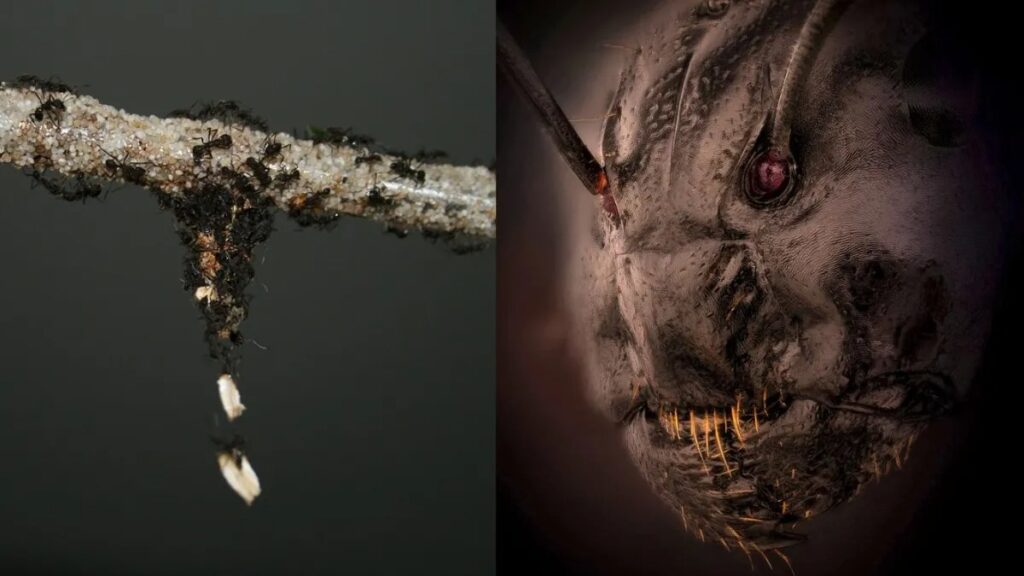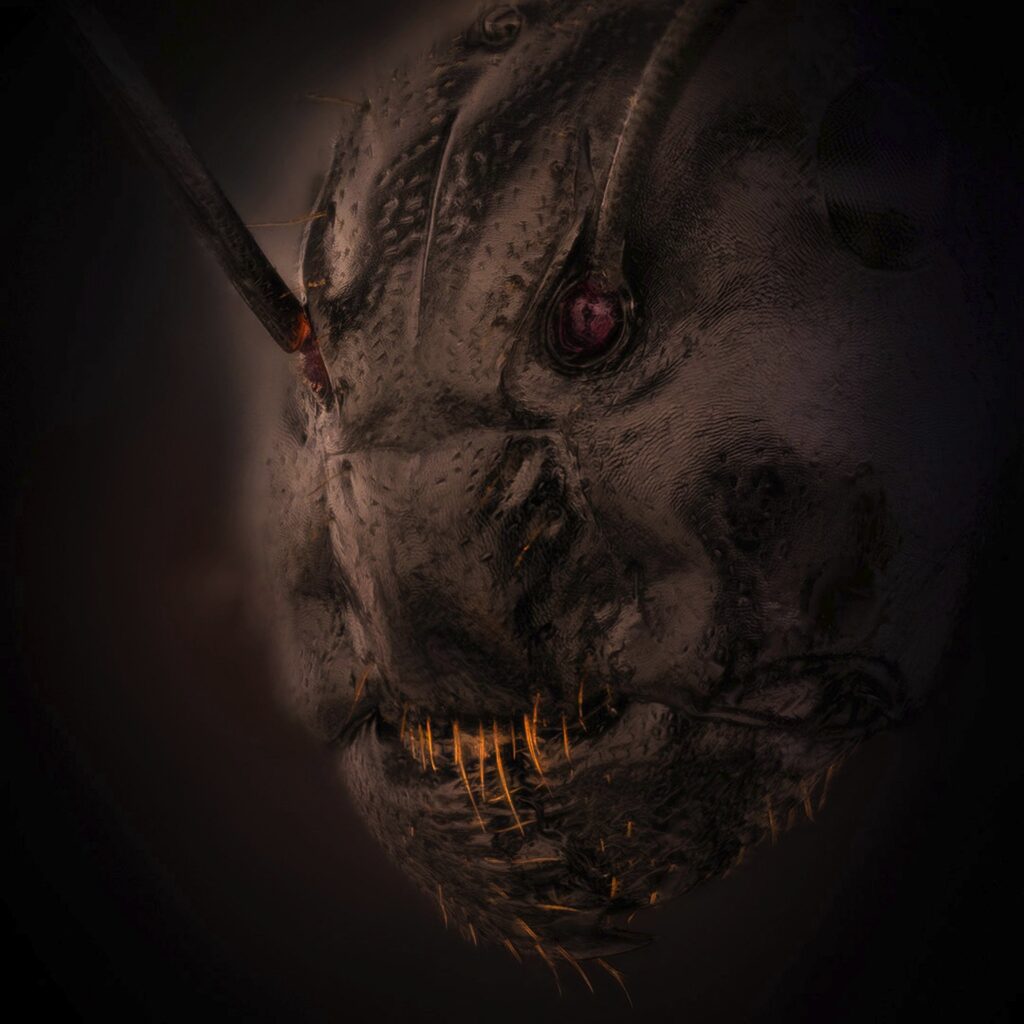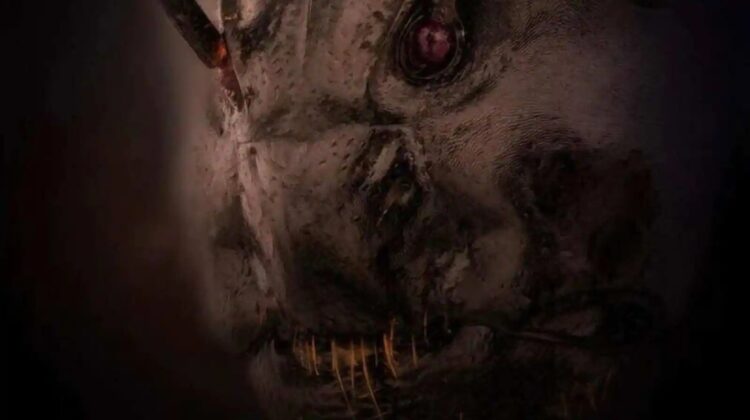‘Horror’: Lithuanian Photographer Captures An Ant Really Up Close, Netizens Feel Creeped Out
The picture captured by wildlife photographer Eugenijus Kavaliauskas was submitted for the 2022 Nikon Small World Photomicrography Competition that showcases the art of microscopic photography.

As some of us may have seen, magnifying almost anything – living or inanimate – throws up unexpected results. However, a super close-up image of the humble ant has now turned out to be the stuff of nightmares for some. A photographer has now shared a never-before-seen magnified snapshot of an ant and netizens think it’s straight out of a horror movie.
The picture captured by Lithuanian wildlife photographer Eugenijus Kavaliauskas was submitted for the 2022 Nikon Small World Photomicrography Competition that showcases the art of microscopic photography, prompting people to capture details not seen by the human eye.

Kavaliauskas told Insider that he lives near a forest, which made it easy for him to spot an ant. “But it’s boring to take a photo of an ant, running banally, on the ground,” he added. “I’m always looking for details, shadows, and unseen corners. The main goal of photography is to be a discoverer,” Kavaliauskas explained. “I am fascinated by the creator’s masterpieces and the opportunity to see God’s designs.” Speaking about how the ant looked under the microscope, he said “there are no horrors in nature”.
Some users were left truly stunned on seeing the photograph. A user commented, “ant-man shoulda been a horror film.” Another user wrote, “Thank you for ruining ants. I thought they looked cute. Now I’m terrified.” A third user commented, “Now imagine a million of these rushing you.”

While the photograph triggered much online chatter, the competition was won by Grigorii Timin for the image of an embryonic hand of a Madagascar giant day gecko. The image of a gecko was created by merging hundreds of images together using a method called image-stitching.

“This embryonic hand is about 3 mm (0.12 in) in length, which is a huge sample for high-resolution microscopy,” Timin was quoted as saying in Nikon’s website. “The scan consists of 300 tiles, each containing about 250 optical sections, resulting in more than two days of acquisition and approximately 200 GB of data,” he added.
